Cornell study examines trade-off between critical metals requirement and transportation decarbonization
Green Car Congress
APRIL 17, 2023
b) Region-specific/vehicle-specific/battery-specific cumulative (from 2010 to 2050) demand for critical metals and the cumulative potential secondary production from recycling. (c) c) Sensitivity of cumulative requirement under different battery scenarios. Recycling w/2nd” denotes retired batteries reused as ESSs before recycling.

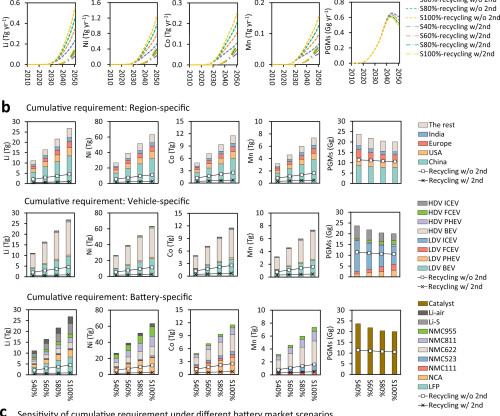

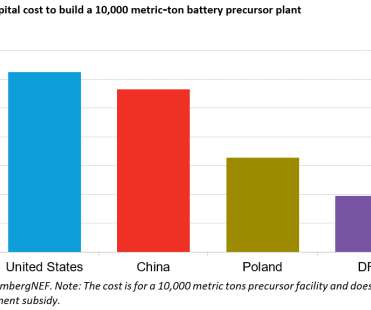
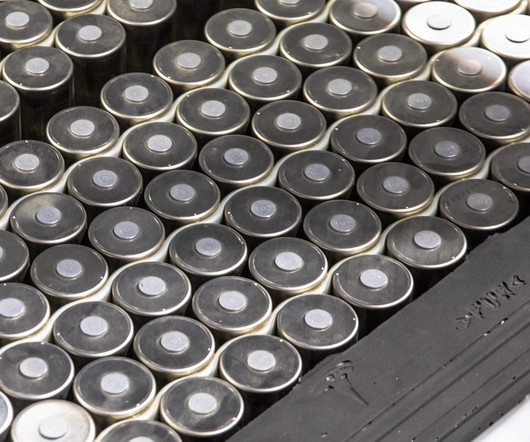
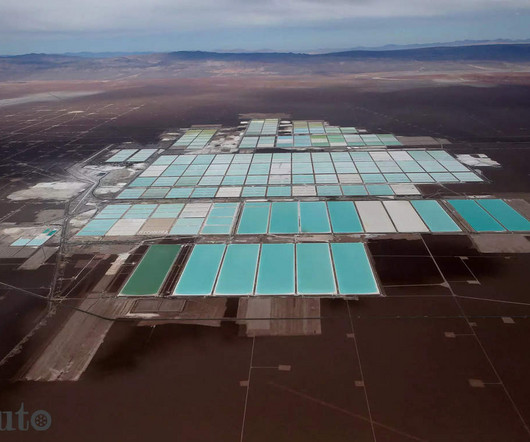





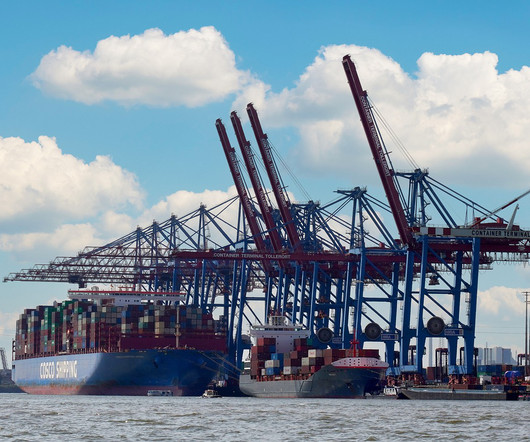

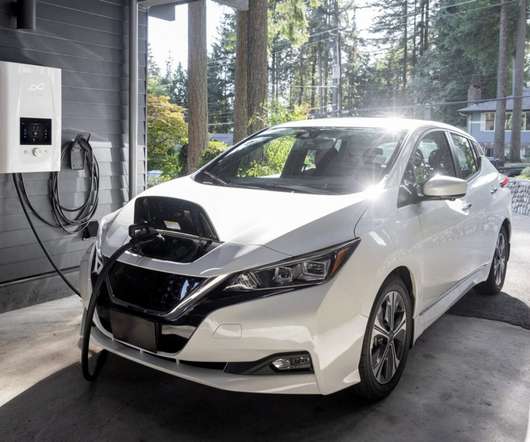






Let's personalize your content